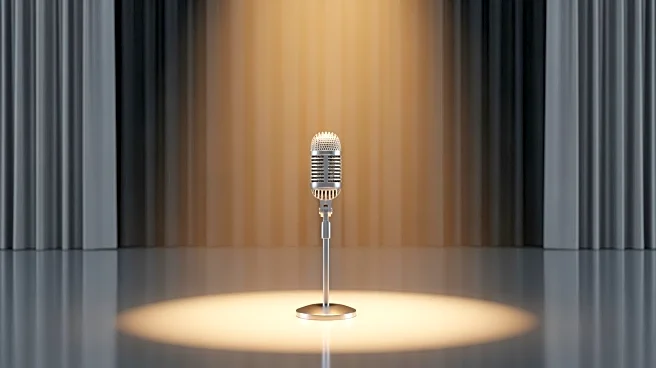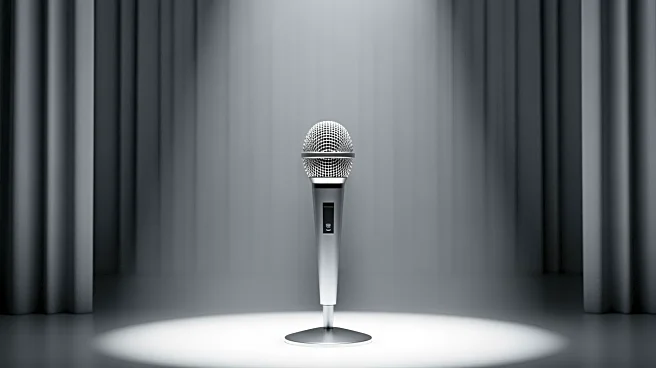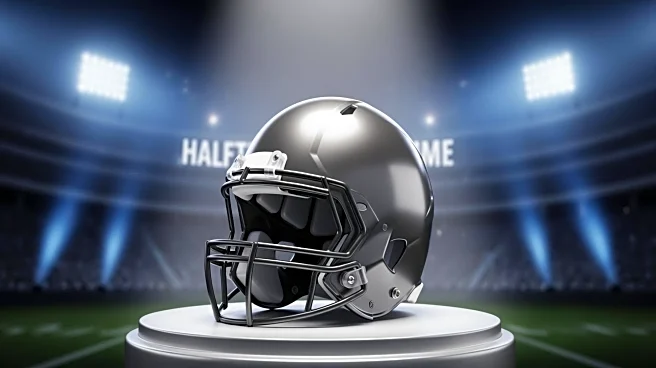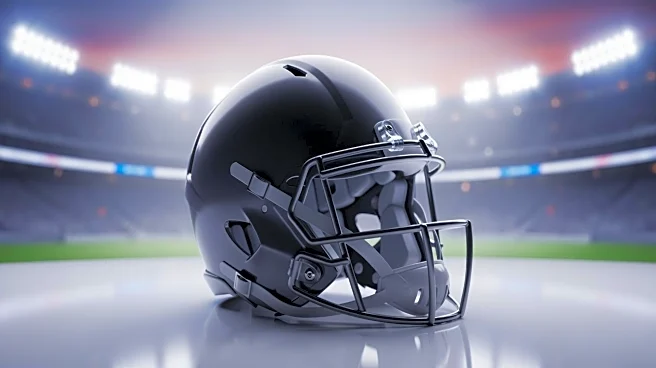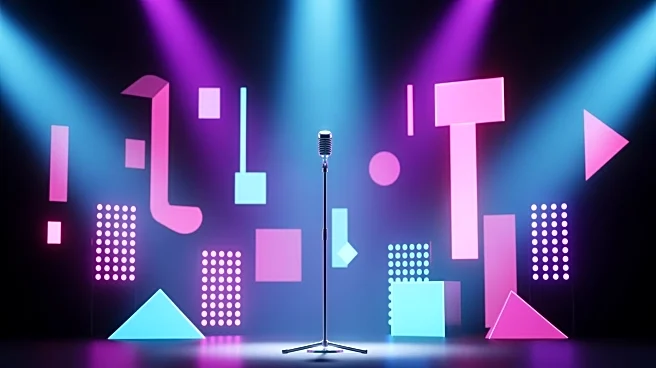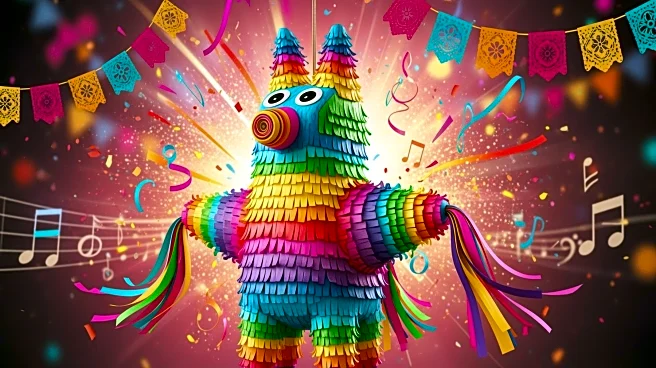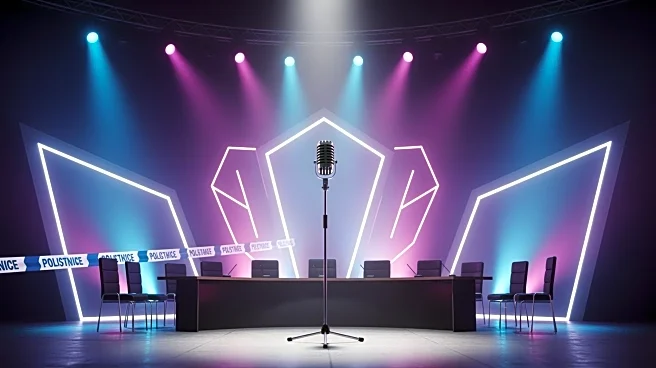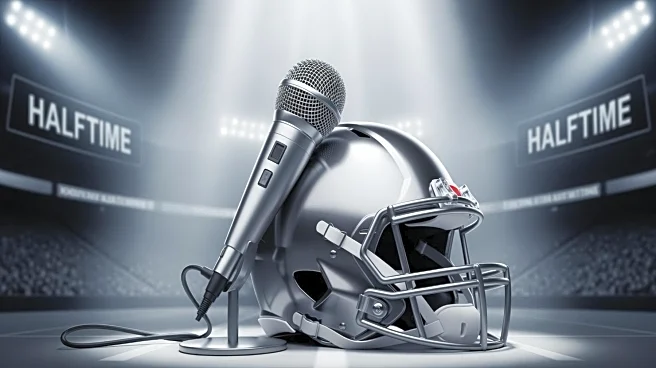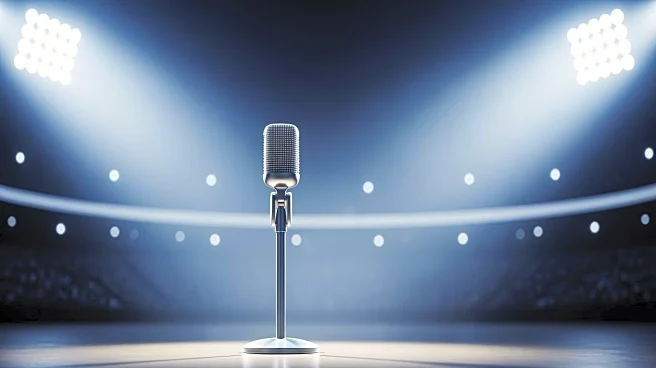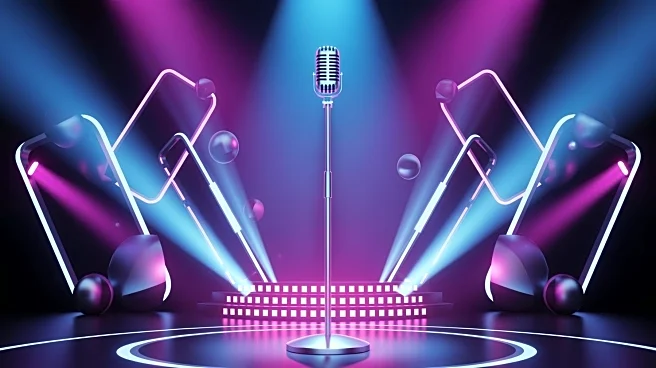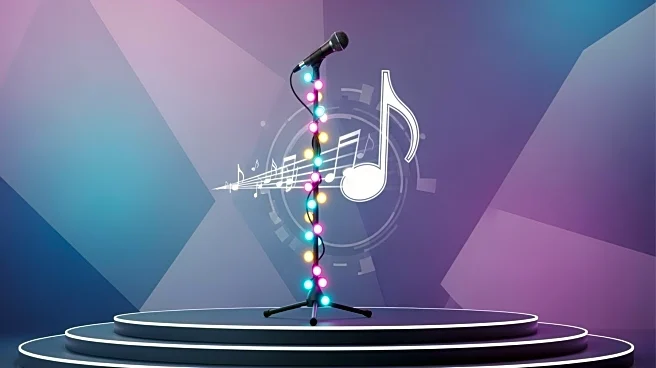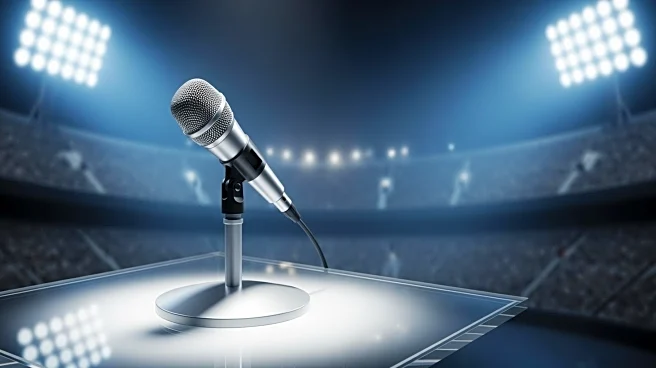What's Happening?
NFL Commissioner Roger Goodell has publicly defended the decision to feature Bad Bunny as the performer for the 2026 Super Bowl halftime show, despite facing conservative backlash. Goodell emphasized the NFL's confidence in the choice, describing Bad Bunny as one of
the leading and most popular entertainers globally. The decision was announced last month, and Goodell addressed the criticism by stating that selecting an artist for such a high-profile event often attracts some level of controversy. He expressed optimism that Bad Bunny's performance would be exciting and unite viewers. The Puerto Rican artist, known for his Spanish-language music, has received support from other celebrities, including Shakira and Bruno Mars.
Why It's Important?
The selection of Bad Bunny for the Super Bowl halftime show is significant as it highlights the NFL's commitment to diversity and inclusion in its entertainment choices. By choosing a Spanish-speaking artist, the NFL is acknowledging the growing influence and popularity of Latin music in the United States. This decision may impact the league's relationship with its diverse fan base, potentially attracting a broader audience. However, it also underscores the cultural and political tensions that can arise from such decisions, as evidenced by the conservative backlash. The controversy reflects ongoing debates about representation and cultural identity in major American events.
What's Next?
As the Super Bowl approaches, the NFL will likely continue to address public reactions and manage any further criticism regarding its entertainment choices. The league may also focus on promoting the halftime show as a celebration of cultural diversity, aiming to enhance its appeal to a wider audience. Bad Bunny's performance could set a precedent for future halftime shows, encouraging the inclusion of artists from diverse backgrounds. Additionally, the presence of ICE at the event, as mentioned by Corey Lewandowski, may lead to discussions about immigration policies and their intersection with major public events.
Beyond the Headlines
The decision to feature Bad Bunny at the Super Bowl halftime show may have deeper implications for the entertainment industry, particularly in terms of how cultural diversity is represented in mainstream media. It could influence other major events to consider more inclusive and diverse lineups, reflecting the changing demographics and cultural landscape of the United States. Furthermore, the backlash highlights the ongoing cultural divide in the country, where entertainment choices can become focal points for broader societal debates about identity and representation.
